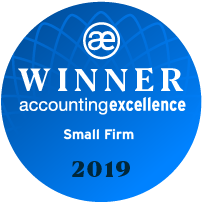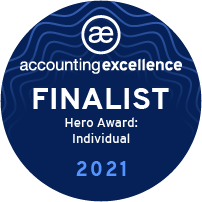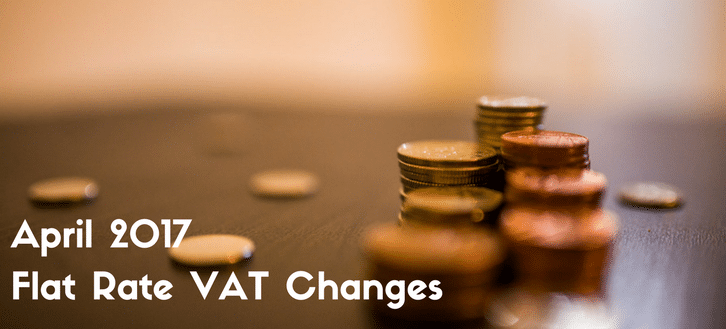The government have changed the VAT rules for those on the flat rate scheme and it is likely a lot of businesses will reduce the amount of VAT the were previously keeping. It is badly thought out, complicated but we are here to help and you have options. Read on for more information.
The Flat Rate VAT Change 2017
From April 2017 HMRC have introduced a new category of a ‘limited cost trader’ with a flat rate scheme percentage of 16.5%. Usually you will be under and a typical contractor would be 14% for example.
Tell me….What is a limited cost trader is?
A business that has VAT inclusive expenditure on ‘relevant’ good is either:
- Less than 2% of your VAT flat rate turnover
- Greater than 2% as above but less than £1,000 per year or the relevant proportion (£250) if quarterly return
Each VAT return needs to be checked against these new rules. HMRC have helpfully give us an online tool to check HERE
Now tell me…What is a relevant good?
Well HMRC again have drawn up a nice list for us HERE but for most of our clients relevant examples will only be stationary, office supplies and software on a disc. Why disc you say? We don’t know, it makes no sense!
In summary, relevant goods are used exclusively for the purpose of the business but don’t include:
- vehicle costs including fuel, unless you’re operating in the transport sector and using your own and/or a leased vehicle
- food or drink for you and/or your staff
- capital expenditure goods of any value
- goods for resale, leasing, letting or hiring out (if your main business activity does not ordinarily consist of the same)
- goods that you intend to re-sell or hire out (unless selling or hiring out such goods is your main business)
- any services
Below are examples of relevant goods (not a complete list):
- stationery and other office supplies used by the business
- electricity and gas used by the business
- fuel for a taxi owned by a taxi firm
- stock for a shop
- cleaning products used by the business
- standard software, provided on a disc
Examples of items that are NOT relevant goods:
- bespoke software designed for you (service)
- downloaded software (service)
- rent (service)
- laptop or mobile phone used by the business (capital expenditure)
- food and drink (excluded good)
- accountancy fees (service)
- advertising costs (service)
I am confused…can you give me a worked case?
Let’s consider a limited company contractor with income of £80,000 per year before VAT who is classed under the new limited cost trader category.
£80,000 + VAT of £16,000 (20%) = £96,000 invoiced to clients
Flat rate scheme calculation 16.5% x £96,000 = £15,840
So, of the £16,000 of VAT you have charged to your clients, you have to pay £15,840 of this to HMRC, leaving only £160 VAT gained.
This means that if you were on the standard scheme instead you would only need to claim back £161 of VAT on your costs over the year to be better off.
The 16.5% figure confuses many people as they assume this is compared against 20%, so the gain is 3.5%. This is not the case, the 16.5% is applied to total income including VAT, so the effective comparison of the new flat rate limited cost trader category for most people is 19.8% vs 20.0%, so only 0.2% gain.
What are my options then?
Well, panic not. We recommend dealing with the first VAT return to see what shakes out for you once we do the calculation and checks. That aside your options would look like:
- Stick – stay on the scheme and accept the lower gain, especially if you are in the first year of registration and getting the 1% discount which will still apply
- Twist – move to the standard VAT scheme if you are likely to reclaim more VAT than the new gain would be accepting the increased admin or cost to do this type of return
- Quit – if you are below the VAT deregistration threshold of £81,000 you could stop being VAT registered altogether, likely a smart choice if there is not any gain from a stick or twist approach so take the simple option
Get In Touch
If you’re not sure how these changes affect you and your business, get in touch and we can help you determine the best course of action.





